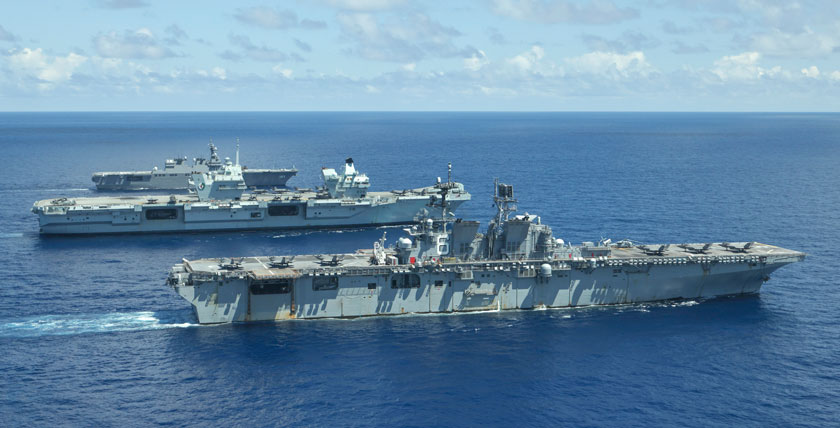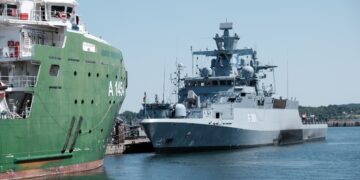With its drive for expansion, China is turning more and more nations against itself and fuelling fear in the region. This leads to the formation of security co-operations.
China's aggressive expansionist policy is increasingly turning the Indo-Pacific region into the theatre of a global political conflict that is primarily maritime in nature. In the South China Sea, from which China wants to push the USA out in the long term, there is a constant risk of a military incident between US ships during their regular Freedom of Operations (Fonops) missions and Chinese ships. For the USA, the Pacific region with East Asia is the focus of its geostrategic security policy. As a guarantor of stability and security, it has traditionally enjoyed strategic supremacy there, but this is increasingly being challenged by China. Alongside Europe on the eastern side, this region forms the Pacific counter-coast of the USA - a significant strategic factor in the security policy calculations of the USA as a global maritime power. China is the USA's biggest geopolitical and economic competitor, which must be contained in order to secure the USA's supremacy in the Indo-Pacific together with allies in Europe and Southeast Asia. US President Joe Biden has proclaimed: "We are in competition with China and other countries to win the 21st century."
Access?
- Access to all articles from the marineforum magazine
- Easy payment via PayPal, direct debit or credit card
- The subscription can be cancelled at any time free of charge
- Free of charge for MOV members












0 Kommentare